(1334 products available)











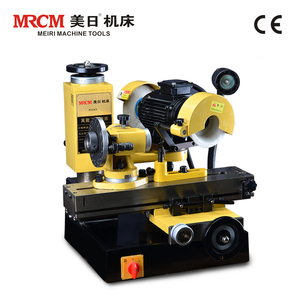



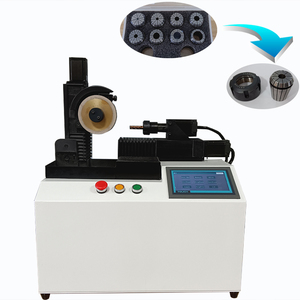






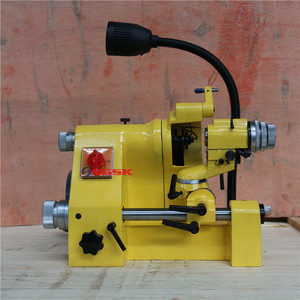






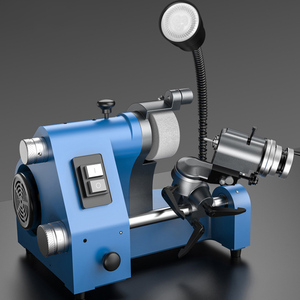


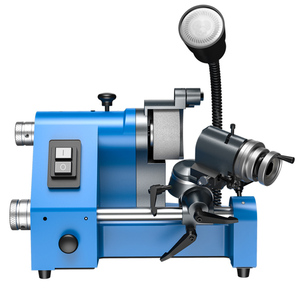





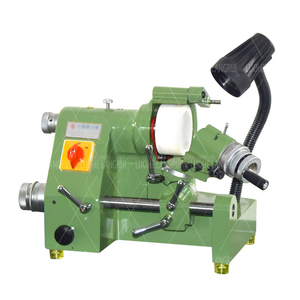







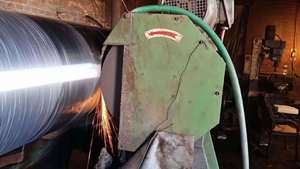






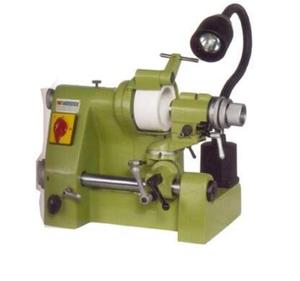






















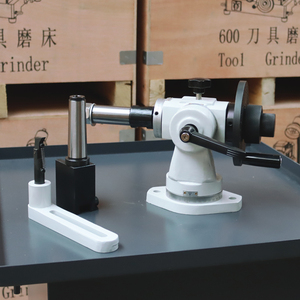

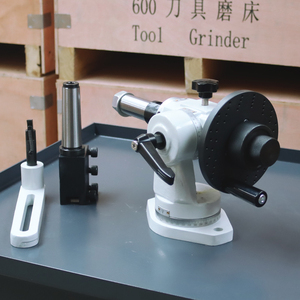








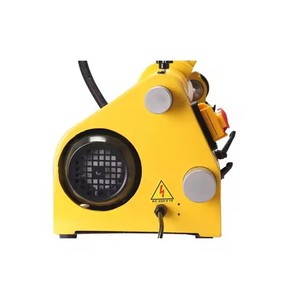





















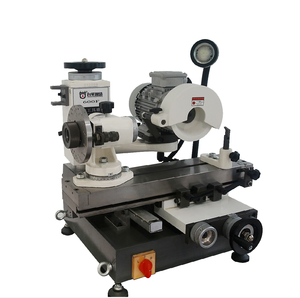
























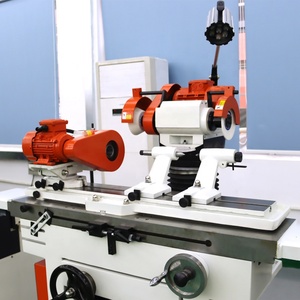




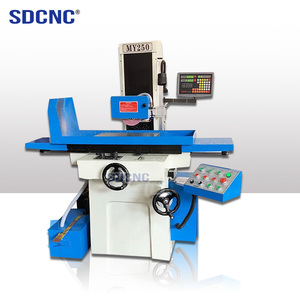









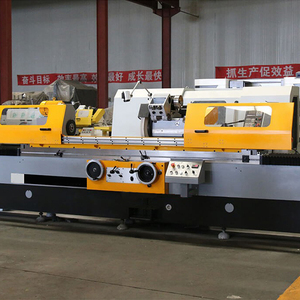
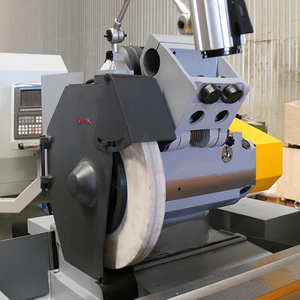




















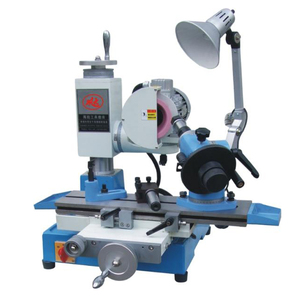
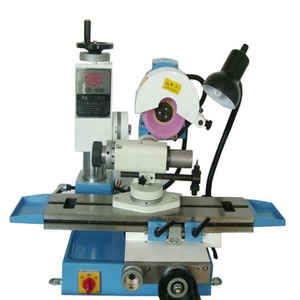

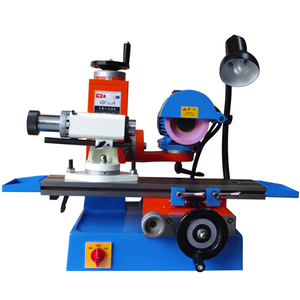



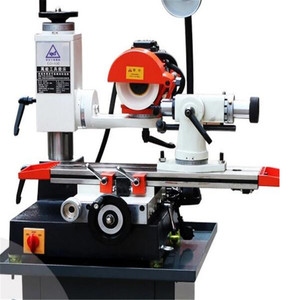




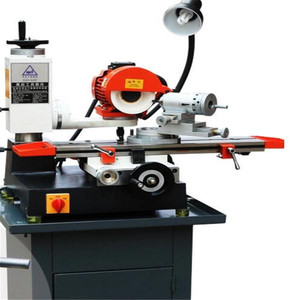

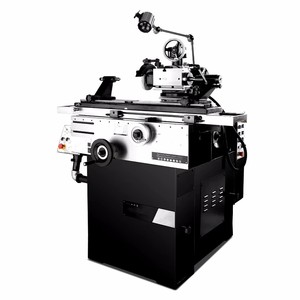

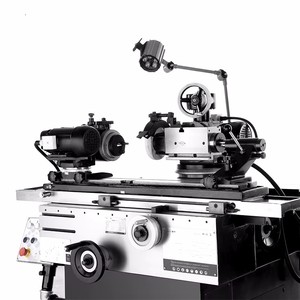





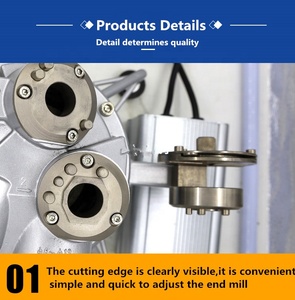

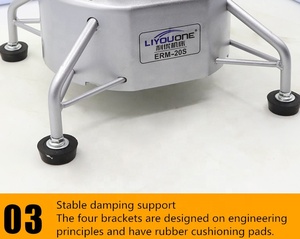
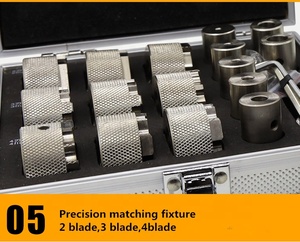



















Universal tool sharpeners are versatile tools that can sharpen cutting tools as well as grinding tools. Apart from being used to sharpen woodworking tools, they can also be used to sharpen other tools like drills and knives.
The precise universal tool grinder can be classified based on design features, functions, and operation mechanisms. Some of the classifications based on design include:
Based on function, manufacturers could distinguish between precision universal tool grinders used for professional work and those used for domestic purposes. The former are mostly floor standing, bigger machines, while the latter may be portable. Additionally, when classifying universal tool grinders, one could consider the power source used to power the machine, whether it's diesel, electric, or gasoline.
Grinder power:
The power of the precise universal tool grinders may differ according to the models. However, the common automatic models come with a 0.8kw power, and the manual ones have a type of power that does not consume electricity.
Grinder speed:
Speed is another important element that distinguishes different kinds of grinders. Cutter grinders work at around 3000-3600rpm. Some models allow users to control the speed according to what they are grinding. Drill bit grinders, however, work at a speed of around 20000 to 40000 rpm.
Grind wheel diameter:
The wheels for grinders vary in size and diameter, from 100mm-500mm for universal grinders. Usually 2 wheels are used for grinders, one for precise machining and the other for rough machining.
Material compatibility:
A range of materials can be processed on universal grinders, including high-speed steel, cobalt alloy steel, carbon steel, HSS, titanium alloy, tool steel, etc. Drill bit material compatibility differs.
Machining precision:
Universal tool grinders can achieve higher machining precision. Grinders use precise instruments and methods to grind tools to the appropriate lines, exceeding 50 kinds of precise angles.
Precise universal tool grinders require regular maintenance during use so they can work well longer and have a good impact on the tools they grind. The following are the general routine care and maintenance instructions for such grinders:
Regular cleaning:
Clean the exterior surfaces of the grinder on a regular basis to remove dust, metal shavings, and other debris. A clean and a mild detergent should be used to clean the machine parts and work surfaces. After that, thoroughly dry the parts to prevent rust and corrosion.
Lubrication:
Keep the precise universal tool grinder machine parts moving smooth and working well by regularly greasing the moving parts, bearings, and sliders. Lubricate regularly as advised and use the appropriate oils.
Parts inspection:
Regularly inspect the grinder's components to make sure none are broken, loose, or worn out. Watch for signs of damage, such as pillar breaks, belt wear or cracking, etc. At the appropriate time, repair or change damaged components to improve the machine's stability and reliability.
Pay attention to the sharpening:
The grinding wheel is an essential part of tool grinding machines. It requires maintenance, too. Make sure that it is securely fastened, adjusted to the appropriate distance, and free from blockages. Remove debris from the grinding wheel and level its surface occasionally to maintain a smooth and even grinding effect.
Dust removal:
If equipped with a dust removal device, exporters should use it properly during grinding and connect the dust removal system in time. This avoids excessive dust exposure to the precision tool grinder machine, which could harm its internal parts.
Grinder machines have diverse applications across numerous industries and sectors. Here are some areas where precise universal tool grinders are used:
When choosing a precise universal tool grinder, it is important to consider the factors that may affect performance, efficiency, and end-use application. Grinders with higher kW power tool sharpening functions are preferred in industries with heavy workloads and frequent tool usage for more effective and efficient grinding. The availability and compatibility of accessories, such as collets and grinding wheels, is important when selecting a universal tool grinder. Optional attachments, including belt sanders and bench grinders, can increase a grinder's versatility and range of applications.
Grinders that offer multiple grinding angles are more suitable for precise and accurate sharpening of different types of tools, such as chisels and drill bits. Additional features like built-in LED lights, dust collection ports, or lateral and front tables can enhance a grinder's functionality, efficiency, and precision. Also, grinders with different wheel diameters are suited for specific tasks and types of tools.
When choosing a precise universal tool grinder, consider its construction and design, as a stable base and vertical support will ensure better precision during the grinding process. Noise levels emitted by the grinder are measured in decibels (dB), and those above 70 dB can be harmful; therefore, proper ear protection should be worn.
Buyers should also consider whether the grinder is electric or portable, as electric grinders are more suited for fixed applications, while pneumatic ones are better for portable applications. Looking at the maintenance requirements will tell more about the longevity of the grinder, as regular maintenance is essential for optimal function, efficiency, and precision.
Finally, the safety features of the grinder are crucial when assessing and selecting. Safety features like transparent protective shields and emergency stop buttons are essential for safe tool operation.
Q1. How do universal tool grinders work?
A1. Universal tool grinders are all about flexibility. With adjustable parts, they can grind, sharpen, and shape different tools, especially cutting ones. Users can change the positions of the tools and the grinder for accurate work. These machines usually have multiple grinding wheels for various jobs. They've got pegs and vices to hold the tools steady while grinding. Once finished, the grinder can swap out its grinding wheels for other unground tools.
Q2. What are the main features of universal tool grinders?
A2. Universal tool grinders come with features that improve the grinding experience. First is the variety of grinding wheels included. Then, there's the adjustable tool holder fixture that can accommodate tools of various shapes and sizes. Universal tool grinders are also equipped with feeding mechanisms for smooth and consistent feeding rates. Lastly, tool rest allows the operator to have better control and steady the tool while grinding.
Q3. What are the benefits of universal tool grinders?
A3. Universal tool grinders offer more than just features. They come with perks for both the operator and the end user. For the operator, its versatility means that multiple tools can be polished without getting a specialized device for each one. Adjustability makes it easier to set up for different kinds of tools. Universal tool grinders also have automatic functions, saving operators precious time and labor costs. For the end user, universal tool grinders ensure better quality control since they can sharpen tools better than manual ones.
Q4. What are the safety precautions for universal tool grinders?
A4. Grinders, whether universal or not, are dangerous machinery. Users may get injuries ranging from minor ones like bruises to major ones like severing limbs. Therefore, it is always essential to observe safety precautions when using the grinder. This includes wearing PPE or personal protective equipment like face masks and goggles. Ensure the area is well-ventilated to avoid breathing in highly toxic and damaging dust. Hands should never touch the tool while grinding. Lastly, ensure all guards are installed and close before operating the machine.